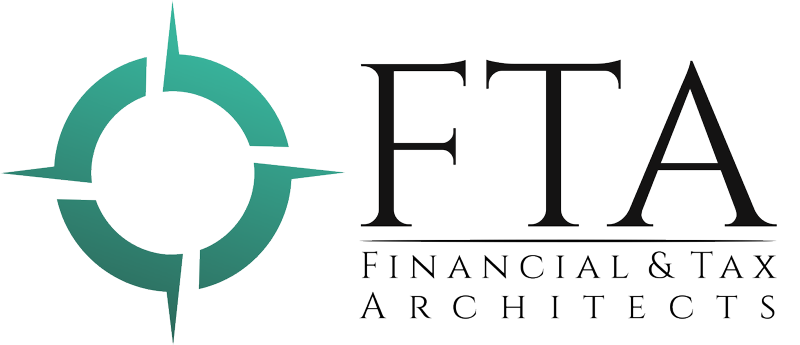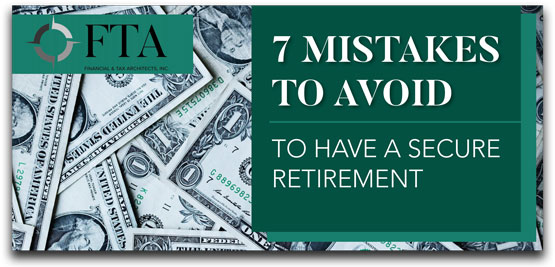Ways to Boost Your Retirement Savings
Tips to get you started
5 MIN. READ
When you begin saving for retirement – or start to consider it – it can seem like a daunting task. This is particularly true if you are nearing retirement and haven’t begun yet. As you research ways to boost your retirement savings and review different plans, it is easy to get overwhelmed – especially when experts say that in order to retire comfortably, you need to save $1 million to $2 million total.
Yes, saving for retirement is important, and the sooner you start, the better. However, even when starting late, you can still save the money you need to live comfortably in your retirement years. It’s not just what you save, but when and how you save that counts. Here’s how to optimize your plan and maximize your savings, no matter when you start.
Join a plan at work
First, take full advantage of a retirement savings plan if your employer offers it, especially if there is an employer match. Review the plan thoroughly and ask any questions you may have. Each payday, ensure that you’re contributing the amount required for you to get the maximum matching contribution for your employer. Indeed, an employer contribution match of just 5% can take your savings rate from 10% to 15%, and it won’t cost you a dime.
If you don’t have a matching contribution plan with your current employer, don’t let that deter you. Keep putting away as much as you can. Then when you are considering your next career move, make a 401k matching program a priority. If you’re in your late 40s or 50s and are not entertaining thoughts of changing jobs, you should still participate in the retirement savings plan available.
Never miss a payment to yourself
Whatever you do, do not miss making a payment to your retirement savings account. If possible, withhold the payment from your paycheck so that it automatically goes to your retirement savings account when your check is deposited. This way, you never even see it, so you aren’t tempted to spend the money on something else. This is one of the easier ways to boost your retirement savings.
Regardless of whether you have a direct deposit, don’t skip a payment. You need to make sure that the money gets to your savings account. If you are in your 40’s or 50’s and need to be more resolute to reach your goal and to make up for lost time, consider increasing the percentage you direct to your retirement savings.
Be consistent with payday and bonuses
Once you’ve set your bank account to transfer money to your retirement savings accounts, you should also consider other money that you receive, such as bonuses, tax returns, monetary gifts, proceeds from the sale of an asset (like a house or car), or an inheritance. In fact, any windfall should have the appropriate percentage deducted from it and placed in your savings.
The key is to be consistent and always transfer the same percentage, regardless of where the money originated. It may be difficult at first, but eventually, it will become a habit. You will take it out without even giving it a second thought.
Consider taking a larger percentage from any raises
Throughout your career, you will have promotions and raises. One of the best ways to boost your retirement savings is to increase the percentage you withhold when you get a raise. In other words, the amount you should take out for your retirement fund should increase by the same percentage as your wage increases.
This will help your retirement fund grow even faster.
Use time to your advantage
When you are young, you hardly give retirement a second thought. As you get older, you may begin to get a little anxious because time seems to pass by more quickly. However, use the time you have to your advantage.
In fact, time has many advantages that will boost your ultimate results:
- The miracle of compounding.
- The ability to take risks at younger ages.
- The ability to recover from losses.
- The increase in income over time.
- Opportunity to work with a fiduciary to determine the most advantageous route.
Of course, you can work with a fiduciary at any point in your career when you begin to focus on retirement planning, but when you’re older, it can certainly help to have a financial expert guide you.
Beginning to save as an older adult still leaves room for maximizing your savings by capitalizing on the knowledge and wisdom gained over the years and using it to guide and direct your savings decisions. In those ways, you are definitely using time to your advantage. At Financial & Tax Architects, we will walk you through your options to find the retirement savings plan that works for you while maintaining the integrity of your lifestyle.
Other ways to boost your retirement savings
If you started saving when you were young, that’s great! Keep doing what you’re doing. If you are older and just beginning to save or haven’t started to save yet, there are a few other helpful tips to boost the value of every dollar that you do save:
- Begin immediately.
- Set specific financial goals that will get you where you need to be.
- Get aggressive in your saving – now is not the time to be conservative.
- Downsize or move to a less expensive home.
- Make sure to save at least enough to qualify for the full amount of any match your employer offers in a 401(k) plan.
- Consider using a self-directed brokerage option in your 401(k) if available.
- Open an IRA; consider a Roth.
- Use the catch-up contribution limits if you’re over 50.
- Pay off debt, especially any that could hinder you in reaching your financial goals.
- Discuss your financial situation and goals with a fiduciary who shares your values.
There’s a lot to consider when saving for retirement. You need someone in your corner, helping you navigate this complex situation. At Financial & Tax Architects, our goal is to help you save for retirement and all aspects of your financial planning. Contact us today to learn more about ways to boost your retirement savings.






